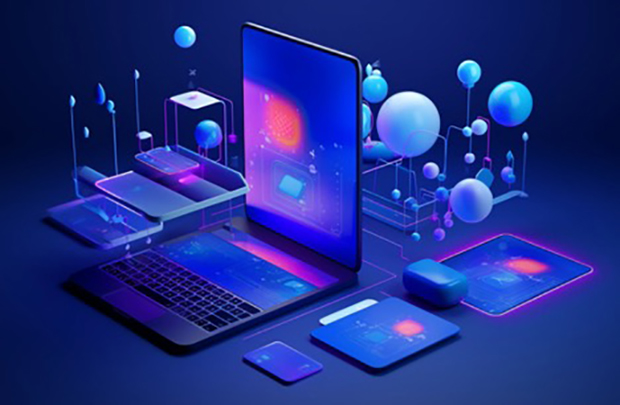How to Make a Great First Impression with Product Design?

When you meet someone new, their physical appearance may give a first impression that lasts. However, it is important to remember that this first impression is largely unconscious.
Product designers are responsible for converting an idea into a prototype that can be tested by consumers. They also conduct market research, identifying user needs and designing informed solutions.
Human-centered design
Human-centered design (HCD) focuses on people, their constraints, contexts, and behaviors. It helps teams develop products that resonate deeply with their audiences and deliver a delightful end-user experience. It also addresses ethical considerations and contributes to a more equitable world.
HCD involves three overlapping phases: inspiration, ideation, and implementation. The inspiration phase consists of immersing yourself in the lives of the people you’re designing for to understand their needs. Then you use what you’ve learned to generate and prototype possible solutions. Finally, the implementation phase brings your product to life.
The best products solve problems that people don’t even realize they have. For example, the inventors of Fitbit recognized that tracking calories burned could help people maintain their fitness goals and create long-term habits. Similarly, the founders of Venmo saw that exchanging money was cumbersome, so they created a simpler way to do it. The end result was a successful product that customers love to use.
Distinctive brand identity
A distinct brand identity is a crucial element in creating an exceptional product. It includes a set of colors, typography, and visual assets that are consistently used across marketing materials and touchpoints. Developing a distinctive brand identity helps businesses stand out from competitors and creates instant recognition among consumers.
A great brand or application can have only 7 seconds to make a first impression on users, and an attractive brand identity is essential for establishing that connection. A distinguishable brand identity makes it easier for users to understand the values and goals of an app or business, making them more likely to purchase a product or download an application.
An outstanding brand identity reflects your company’s dedication to creativity and innovation, resonating with your target audience of creative professionals. To develop a distinct and compelling brand identity, consult a product design agency that offers a unique blend of artistry, technology, and market savviness. For example, the calming browns and distinctive logo of Starbucks are instantly recognizable and help customers associate coffee with the company.
Intuitive design
Intuitive design is an important part of a business's product development process. It helps to reduce user frustration, improve productivity, and enhance brand perception. It incorporates the key features of simplicity, consistency, clear navigation, and feedback. It also includes responsive design, which adapts to different screen sizes and devices.
To design intuitively, you must understand your users' mental models. These are their knowledge, beliefs, and scripts that they bring to each interaction with a website or application. Talking with users in 1-1 interviews and observing them as they work on relevant tasks can help you determine their mental models.
Intuitive designs fit seamlessly with users' mental maps and expectations. They allow them to turn their intentions into outcomes without the need for lengthy tutorials or complex workflows. They also feel natural and effortless to use. However, this type of design can be difficult to achieve because it requires a deep understanding of users' cognitive patterns and their motivations.
Attractive design
An attractive design makes a great first impression and communicates a clear message. It also shows what the product is all about and tells a story that will stick in the minds of your audience. To create an attractive design, it is important to be minimalistic. This means you should try to communicate your message in the simplest way possible while making the design visually appealing. Also, keep in mind the principle of proximity. This means keeping similar elements close together so that they are easy to pick out by the audience.
Aesthetics should not be considered to be separate from the design’s critical functionality – a well-considered and effective aesthetics can complement and accentuate a design’s usability. Look at Apple for example – their elegant designs are some of the most attractive the world has seen, yet they still manage to put the utility first.
Copyright © . All Rights Reserved